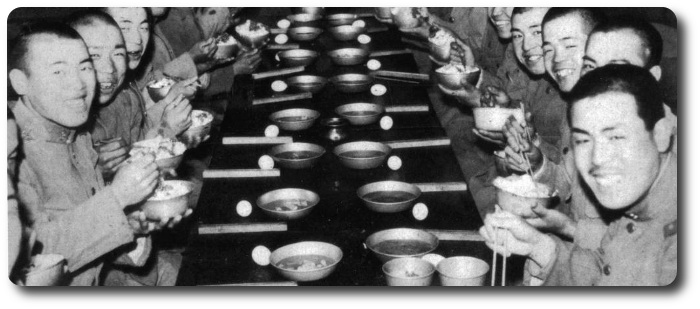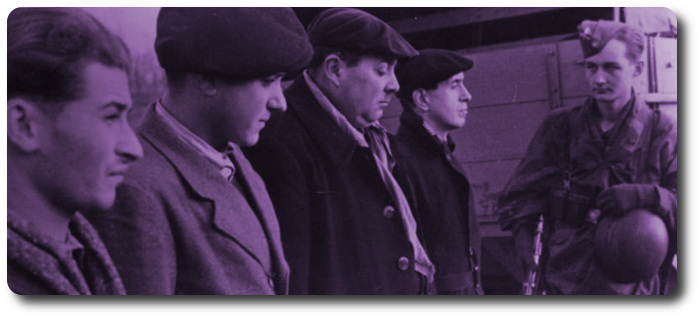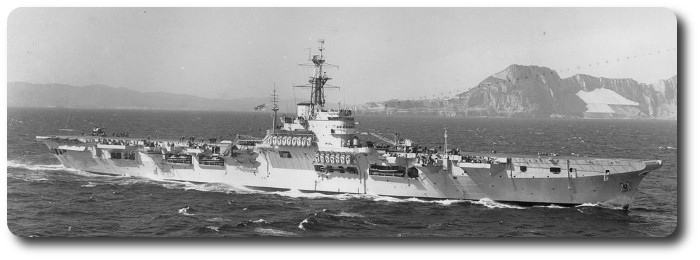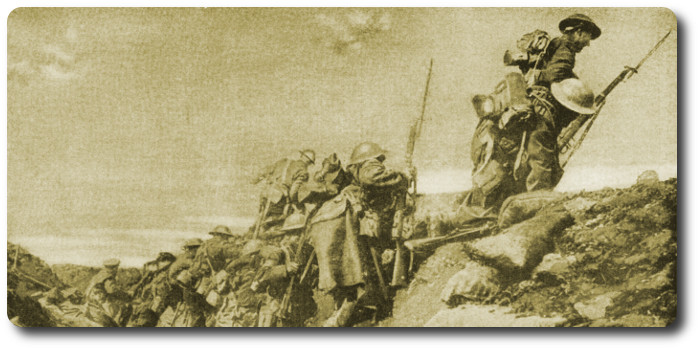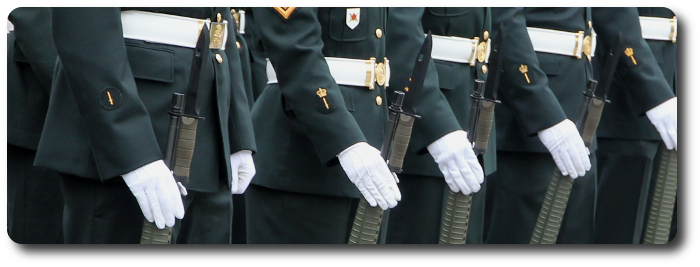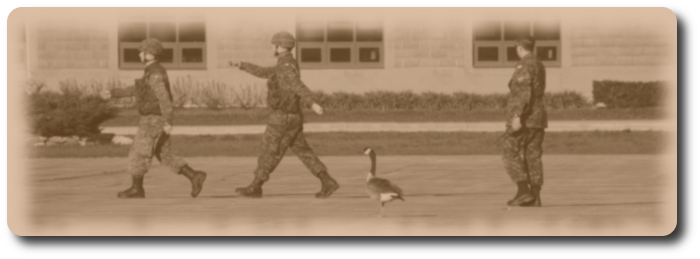The "Affair" Between a Whaling Captain and a Military Officer
Topic: Officers
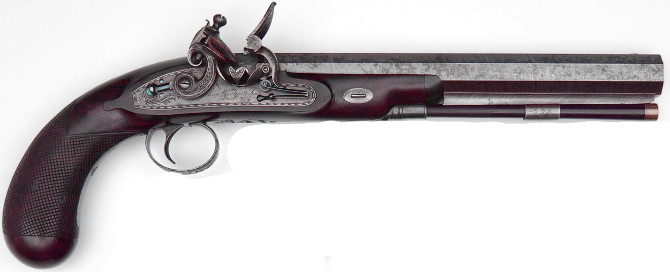
The "Affair" Between a Whaling Captain and a Military Officer
'Only eight paces?' cried Lieut. James, a little surprised. 'O, very well'—and he measured it off, and placed his man at his post. Then advancing to Capt. Lovett, he presented him with a pistol.
The Daily Pittsburgh Gazette, 8 August 1839
(Boston Merchant Journal)
Although this story can be found published variously in the 1830s and 1840s, searches for the principals or the brig Cinderella come up empty.
Perhaps some of our readers may have heard of the story of the duel between old Captain Lovett, of New Bedford, and the English officer in Demerara. It has been variously related—but the only true version is as follows:—
Captain Zechariah Lovett, after having perfumed several whaling voyages to the Pacific, found himself in command of a small brig belonging to New York, on a voyage to Demerara. He was a worthy man—and a good sailor—his heart was full of the milk of human kindness, but he possessed a noble spirit—which would neither give nor take an insult.
While his little brig Cinderella lay at anchor in Demerara River, Captain Lovett, one afternoon, entered a Coffee House, where he met with a friend—and they amused themselves by knocking the balls about in the billiard room. Soon after, and before the game was half finished—some English military officers entered, one of whom, Captain Bigbee, stepped up to Capt. Lovett, who was arrayed in a very plain, not to sat ordinary costume, and with a bullying air demanded the table, as himself and brother officers wished to play a match.
Capt. Lovett gave the red coated gentleman a stern look, but replied with courtesy, that he and his friend had engaged the table, and would play out their game, after which, if the gentlemen wished to play, it was at their service.
'But we can't wait,' said Capt. Bigbee, in an insolent tone.
'You must wait,' cooly replied Captain Lovett.
'But we will do no such thing,' exclaimed the surly Briton—'we came here to play billiards—and have no idea of being disappointed by a couple of fellows who hardly know a mace from a cue, or a ball from a pocket. It will take you all afternoon to finish the game—so clear out!.
Capt. Lovett and his friend played on.
'Come,' continued the officer, 'enough of this—-marker, place the balls.' Saying which, with a most impudent air, he seized one of the balls, which Capt. Lovett's opponent had just driven into a pocket, and caught another one which was near him.
The matter was growing serious. Captain Lovett's eye flashed fire—for although he had mingled a good deal among Quakers, and respected that moral sect for their humanity and quiet demeanor, he was no non-resistant man himself.—He dropped his cue, and doubled up a fist of portentous size. 'Put those balls upon the table, you scoundrel,' exclaimed he, imperatively, 'and leave the room.'
'Who do you call scoundrel, you Yankee blackguard? Do you know you are talking to one of His majesty's officers? Take that for your impertinence,' at the same time suiting the action to the word, and giving Capt. Lovett a smart rap across the shoulder with his cue. But in an instant he received a blow on the forehead, exactly where Phrenologists locate the organ of Eventuality—which would have felled an ox, and submissively acknowledged the favor by measuring his length upon the floor!
His brother officer, who were with him, had the good sense to see that Bigbee was to blame—and although they looked rather black at the Yankees, they wisely forbode to molest them further—but assisted the stunned bully to another room, where, by the help of some restoratives, he recovered his senses. His rage and mortification at the result of the rencontre knew no bounds, and with many a bitter oath he declared he would have satisfaction.
Before Capt. Lovett left the coffee house, a billet was handed him by Lieut. James, which proved to be a challenge—a peremptory challenge from Captain Bigbee, in which it was insisted that arrangements should be made for an early meeting, that he might have the opportunity to wash off the affront he had received, in Capt. Lovett's heart's blood.
Capt. Lovett smiled when he saw such manifestations of Christian spirit. 'Tell Capt. Bigbee,' said he, 'that I will not baulk him. He shall have the opportunity he so earnestly seeks. Although not a fighting man, I am familiar with the duel laws—and if he will be, tomorrow morning, on the bank of the green canal, near the South Quay, rather a secluded spot, he shall have satisfaction to his heart's content.'
Lieut. James bowed politely and withdrew.—Capt. Lovett went on board the Cinderella soon after—and ordered his mate, Mr. Starbuck, also a veteran whale hunter, to select the two best harpoons, have them nicely ground, and fitted—as an opportunity might offer on the morrow, of striking a porpoise. Mr. Starbuck obeyed his superior officer with alacrity, although he wondered not a little why Capt. Lovett expected to find porpoises in Demerara River.
The next morning, as soon as all hands were called, Capt. Lovett ordered the boat to be manned, and requested Mr. Starbuck to take the two harpoons, to each some eight or ten fathoms of rattling stuff were attached, and accompany him on shore. In a few minutes the boat reached the South Quay, where Captain Lovett was met by several of his countrymen, who have been attracted to the spot by rumor of the duel, as well as several merchants and other inhabitants of the place. The one and all remonstrated with Capt. Lovett, for consenting to fight with the English military bully, who was represented as a practised duellist—an expert swordsman, and an unrivaled marksman with a pistol, being sure of his man at twelve paces. Captain Lovett did not, however, show the least inclination to back out—but, on the contrary, seemed more eager for the engagement—'I'll give that quarrelsome fellow a lesson' said he, which will be of service to him—and which he will never forget, so long as his name is Bigbee.'
The challenger, with his forehead ornamented with a large patch to cover the impression left with the Yankee's knuckles, and his swollen eyes dimly twinkling with anger and mortification through two huge, livid circles, accompanied by his second, soon made his appearance. He was followed by a servant with a pistol case, and an assortment of swords. He bowed stiffly to Capt. Lovett—and Lt. James, approaching the Yankee asking him if he was willing to fight with swords—'If so,' said he, 'I believe we can suit you. We have brought with us the small sword, a neat, gentlemanly weapon—the cut and thrust, good in a melee, and which will answer indifferently well in a duel—and the broadsword and cutlass, which is often preferred by those who are deficient in skill in the use of arms. My friend, Capt. Bigbee, is equally expert with either. You have only to choose. As the challenged party, you have an undoubted right to select your arms.'
'Of that privilege I am well aware,' replied Captain Lovett, 'and mean to avail, myself of it. I shall not fight with swords.'
'I expected as much,' resumed Lieut. James, 'and have brought with me a beautiful pair of dueling pistols, with long barrels, rifle bores, and hair triggers. What distance shall I measure off?'
'Eight paces.'
'Only eight paces?' cried Lieut. James, a little surprised. 'O, very well'—and he measured it off, and placed his man at his post. Then advancing to Capt. Lovett, he presented him with a pistol.
'I do not fight with pistols!'
'Not fight with pistols—after having refused to fight with swords? What brought you here, then?'
'To fight!' shouted Lovett in a thundering voice, which made the British officer start. 'I am the challenged party, and have a right to choose my weapons, according to the laws of the duello, all the world over—and you may rely upon it I shall not select weapons with which I am not familiar, and with which my antagonist has been practising all his life. Such a proceeding on my part is not only not required by the rules of honor, which after all, is a mere chimera, but would be contrary to all the dictates of common sense. No.—I shall fight with the weapons of honorable warfare, with which I have ever been accustomed. Swords and pistols, indeed!'
'But, my dear sir,' cried the astonished Lieutenant, 'we must proceed according to rule in this business. What weapons have you fixed upon?' And in fancy's eye he beheld before him a huge blunderbuss, loaded with buckshot.
Captain Lovell said nothing—but beckoned to Mr. Starbuck, who approached him with great alacrity, bearing the two harpoons. He seized one of the formidable weapons, and thrust it into the hands of Bigbee, who seemed absolutely paralized with astonishment.
'My weapon,' said he, 'is the javelin—such as the Grecian and Roman knights often fought with, in olden times—a weapon which no man who challenges another, can refuse to fight with at the present day, unless he possesses a mean and craven spirit.'
Thus saying, he took the station which had been assigned him, at eight paces distant from his startled antagonist. He cooly bared his sinewy arm—grasped the harpoon, and placed himself in an attitude. 'I'll bet,' said he, casting a triumphant look upon his friends, 'a smoked herring against a sperm whale, that I'll drive the harpoon through that fellow's midriff the first throw, and will finish him without the aid of the lance.' 'Mr. Starbuck, fiercely continued Captain Lovett, in a loud and rough voice, such as is seldom heard, excepting on board a Nantucket whaling vessel, when a shoal of whales is in sight, "Stand by to haul that fellow in!"
The mate grasped the end of the line, his eyes beaming with as much expectation and delight. As if he was steering a boat bow on to an eighty barrel whale, while Captain Lovett poised his harpoon with both hands, keenly eyes the the British Captain—shouted in a tremendous voice, 'Now for it,' and drew back his arm as in the act of throwing the fatal iron!
The Englishman was a brave man—which is not always the case with bullies—and he had often marched, without flinching, up to the mouth of a cannon. And if he had been in single combat, with an adversary armed with a sword or a pistol, or even a dagger or Queen's arm, he would have borne himself manfully. Indeed, he had already acquired an unenviable notoriety as a duelist, and had killed his man. But the harpoon was a weapon with which he was altogether unacquainted—and the loud and exulting tones of the Yankee captain's voice sounded like a summons to his grave. And when he saw the stalwart Yankee raise the polished iron—and pause for an instant, as if concentrating all his strength to give the fatal blow, a panic terror seized him—his limbs trembled—his features were of a ghastly pallor, and the cold sweat stood in large drops on his forehead. He had not the strength to raise his weapon—and when his grim opponent shouted, 'Now for it,' and shook his deadly spear, the British officer, forgetting his vows of chivalry—his reputation as an officer, and his honor as a duelist, threw his harpoon on the ground, fairly turned his back to his enemy—and fled like a frightened courser from the field, amid the jeers and jibes, and the hurrahs of the multitude assembled by this time on the spot.
Capt. Bigbee's dueling days were over. No man would fight with him after his adventure with the Yankee. He was overwhelmed with insult and ridicule—and soon found it advisable to change into another regiment. But his story got there before him—and his was soon sent to "Coventry" as a disgraced man. He was compelled, although with great reluctance, to quit the service; and it may with great truth be said, that he never forgot the lesson he had received from the veteran whaler, so long as his name was Bigbee.

Posted by regimentalrogue
at 12:01 AM EDT
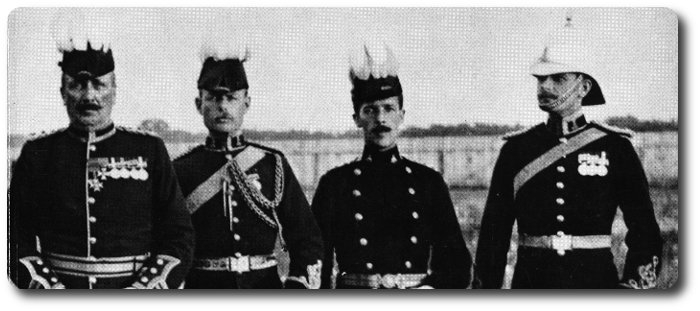



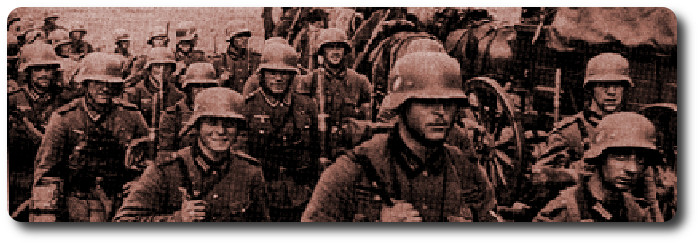
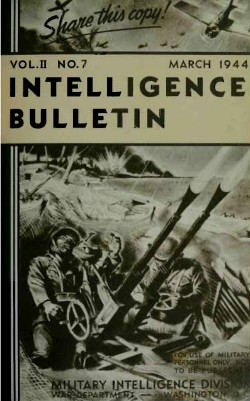 Several months ago the commanding officer of the Third Panzer Grenadier Division [General der Panzertruppen Fritz-Hubert Gräse] assembled extracts from two German Army manuals, one dealing with military leadership and the other pertaining to the training of officers, and ordered that they be distributed as a single booklet to the officers of his command. In a foreword the commanding officer said, "This booklet should always accompany my officers. It should become an indispensable possession. I expect them to take it out again and again, and study it until its contents have become a guide for their lives and actions. It should force them to test themselves, over and over, to see whether they are adequately prepared to meet the high—and often merciless—demands which will be made upon them.
Several months ago the commanding officer of the Third Panzer Grenadier Division [General der Panzertruppen Fritz-Hubert Gräse] assembled extracts from two German Army manuals, one dealing with military leadership and the other pertaining to the training of officers, and ordered that they be distributed as a single booklet to the officers of his command. In a foreword the commanding officer said, "This booklet should always accompany my officers. It should become an indispensable possession. I expect them to take it out again and again, and study it until its contents have become a guide for their lives and actions. It should force them to test themselves, over and over, to see whether they are adequately prepared to meet the high—and often merciless—demands which will be made upon them.

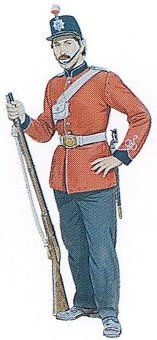 The daily ration of a volunteer should consist, as nearly as possible, of the following articles, viz.
The daily ration of a volunteer should consist, as nearly as possible, of the following articles, viz.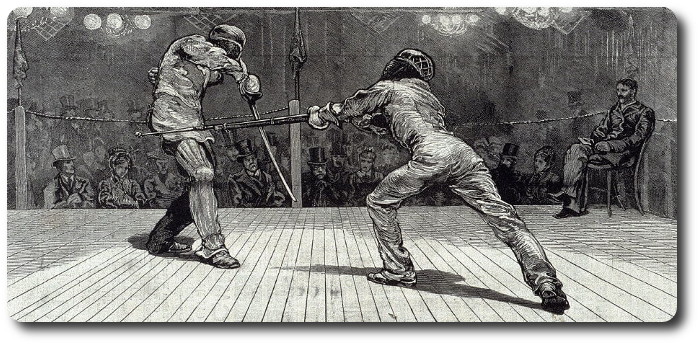
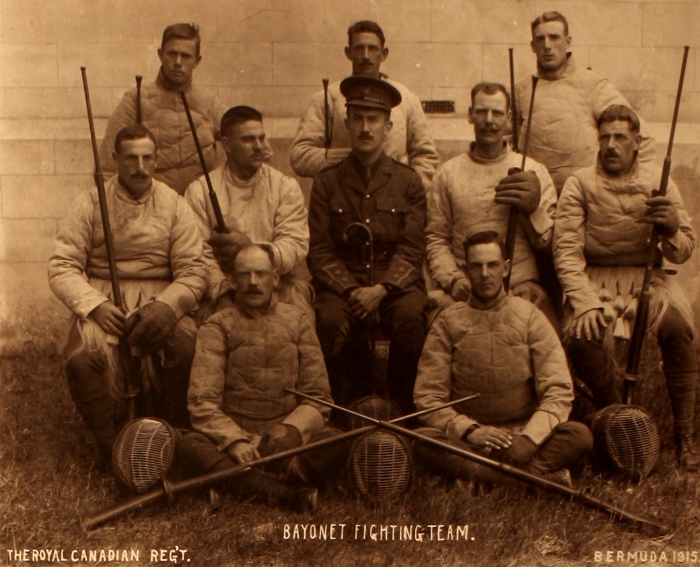

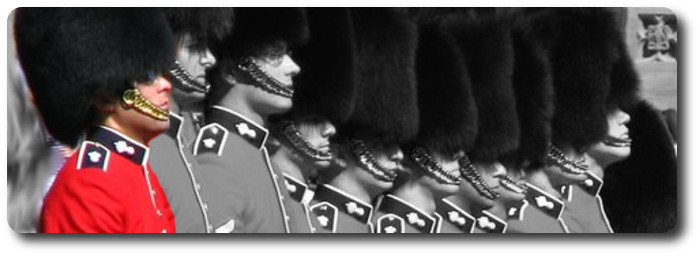
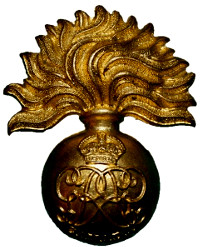 Eighteen years ago yesterday an army in khaki, with "Canada" on its war-worn buttons, carved its name in the rock of immortality at a spot in France that will live forever in the history of the ages—
Eighteen years ago yesterday an army in khaki, with "Canada" on its war-worn buttons, carved its name in the rock of immortality at a spot in France that will live forever in the history of the ages—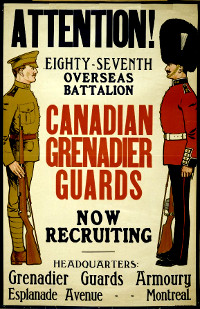 A tall young officer in scarlet and black "busby" stepped smartly across the floor as the armoury was hushed into silence, clicked his heels in salute and received from the hands of a fellow officer the wreath-topped Colour. He was Lieutenant P.F.L. Sare. Eighteen years ago his father,
A tall young officer in scarlet and black "busby" stepped smartly across the floor as the armoury was hushed into silence, clicked his heels in salute and received from the hands of a fellow officer the wreath-topped Colour. He was Lieutenant P.F.L. Sare. Eighteen years ago his father, 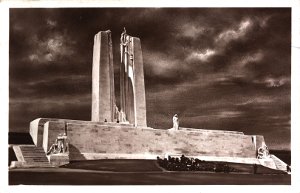
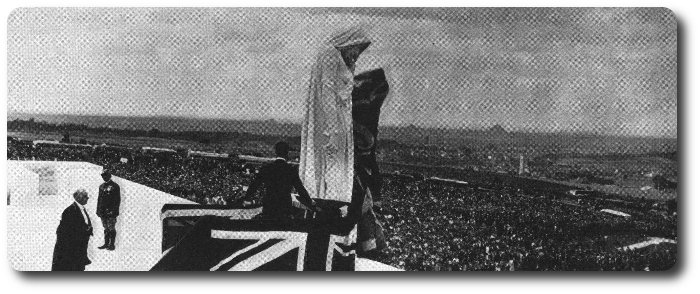
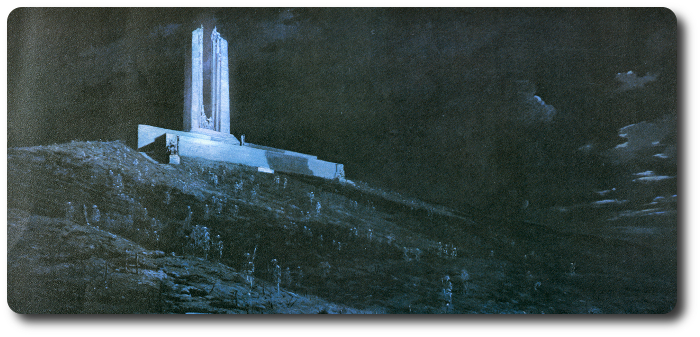
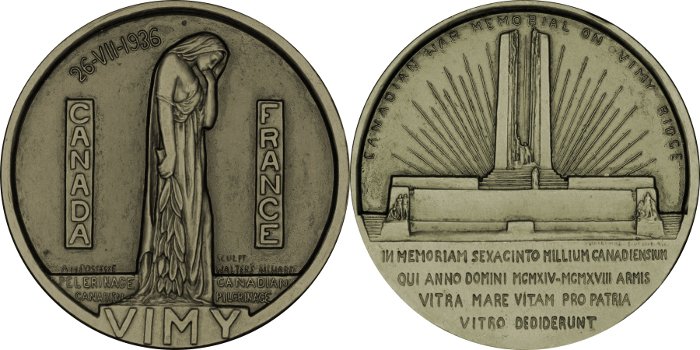
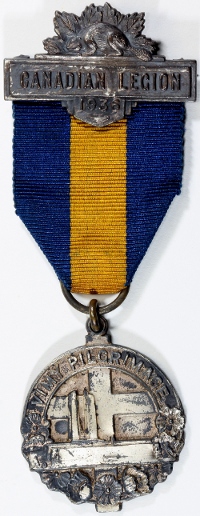 Seven sons of Nippon will march aboard one of the
Seven sons of Nippon will march aboard one of the 

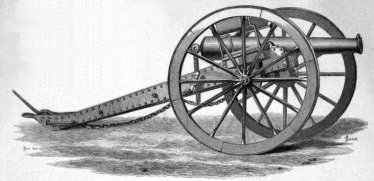 Land service artillery will be broadly considered as—
Land service artillery will be broadly considered as—
